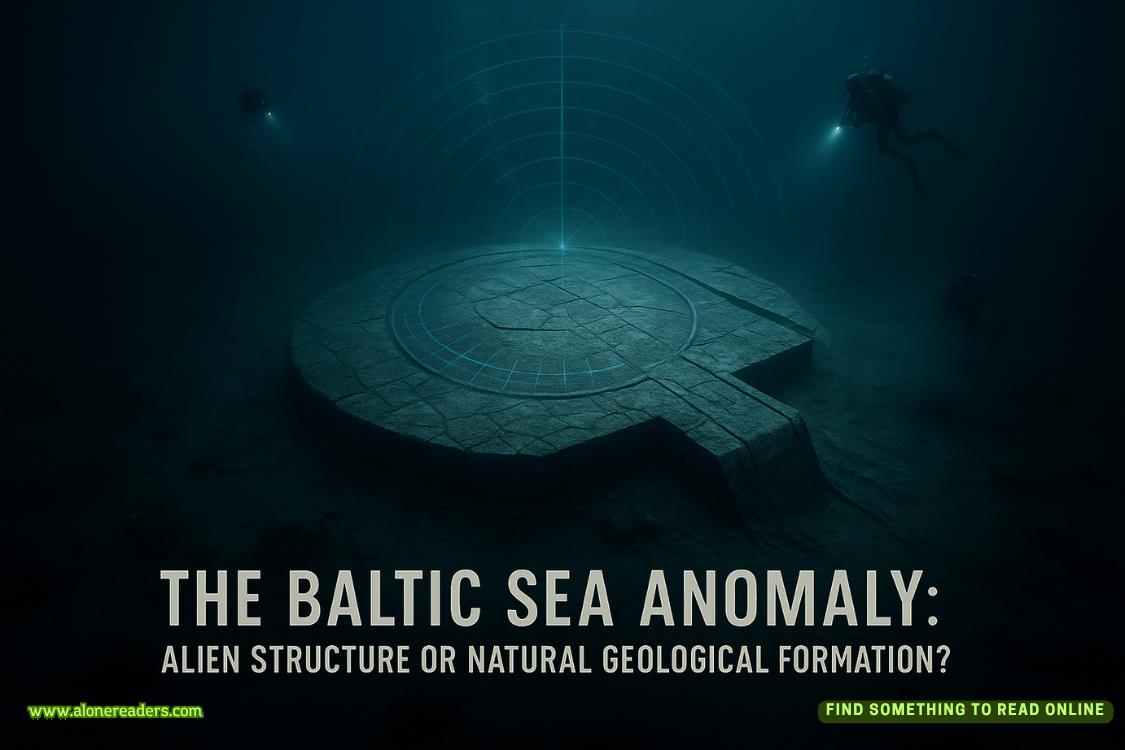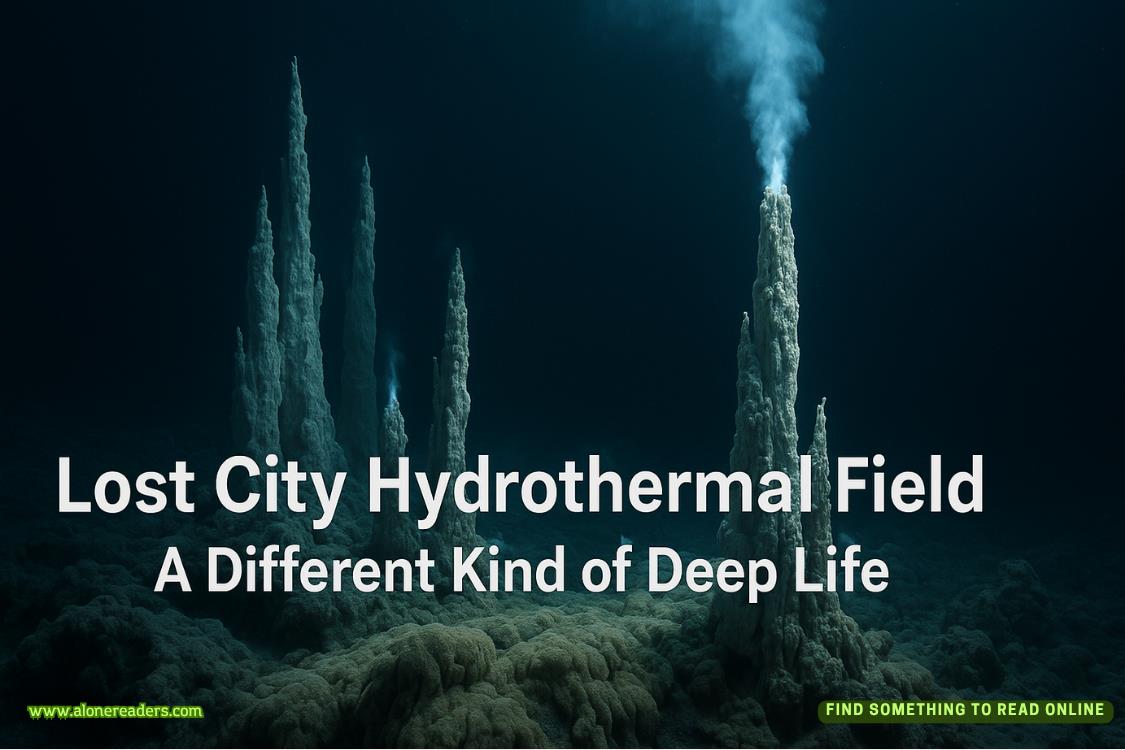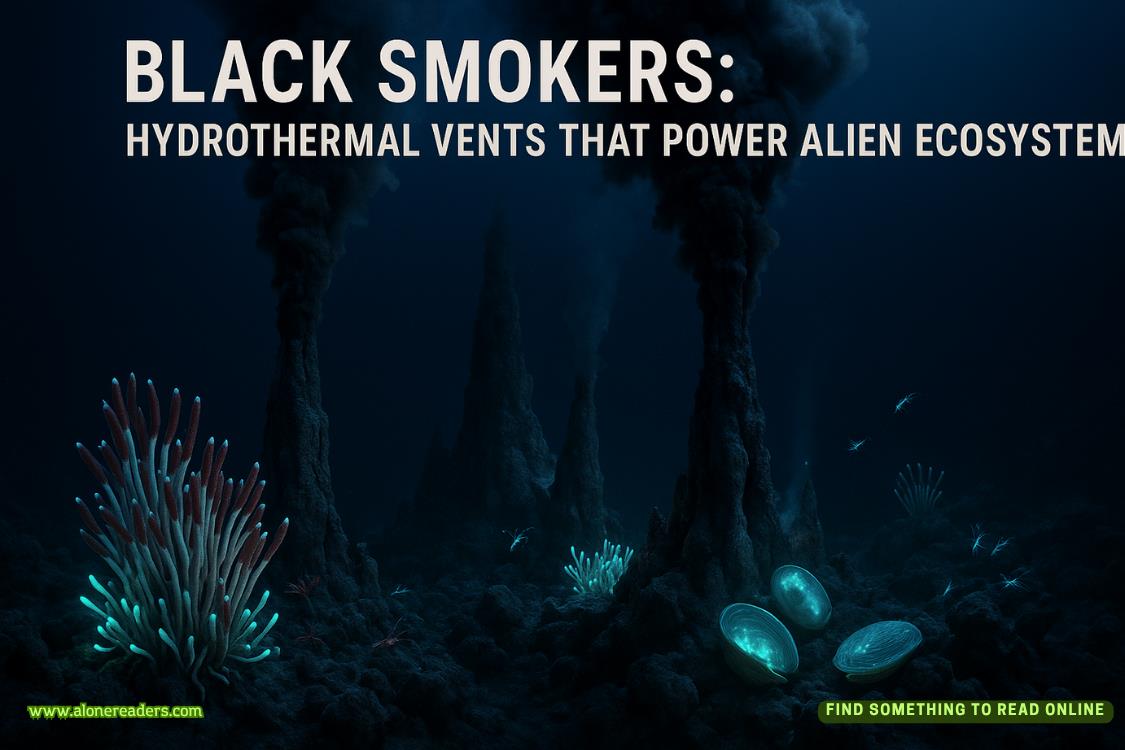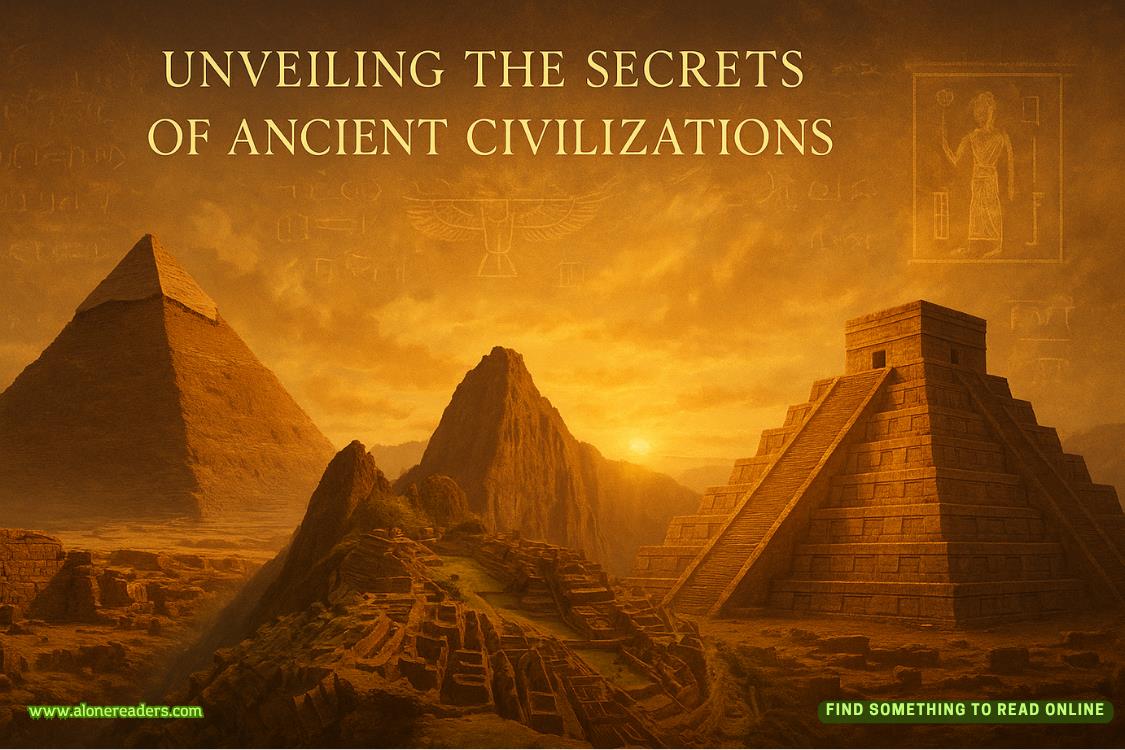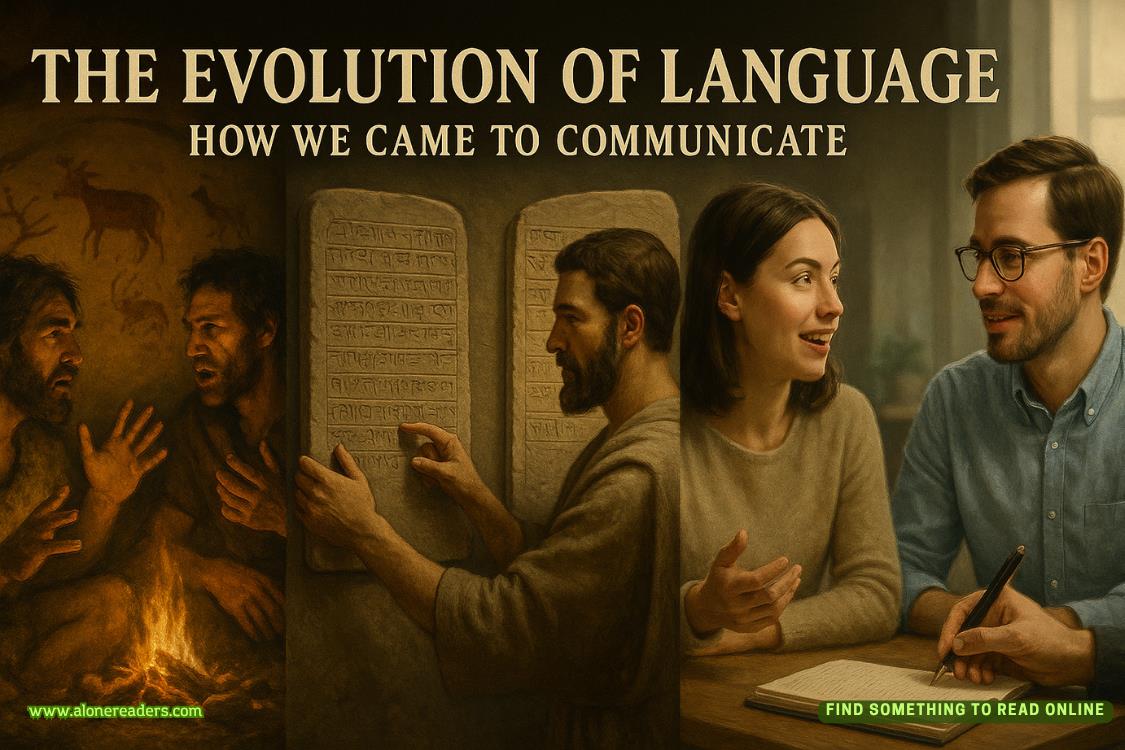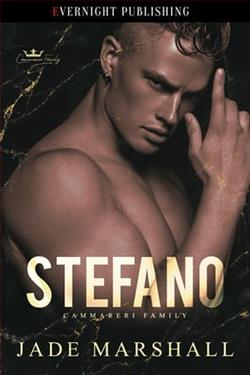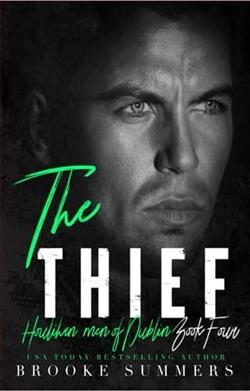Page 10 of Already Lost
“What does it mean?” Officer Munson asked,making them both look around at him.
“I guess that’s what we’ve got to figureout,” Laura said. “The first crime scene – you said it was the same?”
“It was,” Captain Kinnock said from behindthem, clearly taking over from Munson. “That one was found by a member of thepublic, however.”
“How did it happen?” Laura asked. “Wasn’tit in an abandoned apartment building? That’s what our briefing notes said.”
“Right,” Kinnock nodded. “But it wasn’tgoing to be abandoned for long. It was scheduled for demolition, and the localsknew about it. A concerned neighbor headed inside when he heard the musicplaying. He said the song played twice, with a short gap between – the secondtime was when he went to take a look, thinking it was going to be kids messingaround.”
“And the scene was the same?” Laura asked.
Kinnock gave a grim nod. “Female victimbound hand and foot, stabbed to death, laying in her own blood in front of thegramophone.”
“There was no call on this one?” Lauraasked.
“None at all.”
She was already developing a theory onthat. It seemed altogether possible that the killer set the record going,retreated a short distance, and looked back – to see this concerned neighboralready heading inside. He would have known, then, that it was unnecessary tocall. Which begged the question of what he would do in the case of a thirdmurder. Would he call? Leave the body in a place that was more likely to befound? Clearly, leaving it to be discovered long after the record had stoppedwas not an option.
“What does it mean?” Laura muttered toherself, repeating Officer Munson’s question. It was like a scene from a movie– the woman lying on the floor, the sad song playing as a stranger stumbledacross her body. Was it all about the drama of it? Something that played intothe killer’s delusion of himself as a grand or important figure, perhaps? Likea director controlling the scene?
There was a lot to think about, and theyhad nowhere near enough answers yet to start putting the pieces of the puzzletogether.
“Right,” Laura said, glancing at Nate. Heknew what the next steps were. They always did. They’d been doing this for longenough to know what they had to do now.
“We’d like to talk to the families of thetwo victims,” Nate said. He looked at Captain Kinnock. “Can you give us theiraddresses? We’ll be fine to get ourselves there.”
Kinnock nodded. “I’ll call in and get themfor you,” he said.
Laura stepped back from the store andlooked up at the sky. The sun was risen now, and there were quiet bird callssomewhere nearby. It looked like the beginning of a nice, mild winter’s day. Itwas totally at odds with the eerie scene that had been set up inside the store.
Laura shivered lightly. There wassomething about this one…
Whatever it was, she had the feeling thatit was going to get more complex, and maybe creepier too, before it was done.
“Let’s go, then,” Nate said, stepping pasther and waving his cell phone – presumably with the addresses of their next twovisits saved in it – on the way to the car.
CHAPTER SIX
Laura cleared her throat as they stoodwaiting for their knock to be answered. It always felt like there wasn’t quite enoughtime to brace yourself fully before you were face-to-face with the grievingfamily members of your victim. There was nothing like grief, nothing like howit transformed people. And you never knew what stage they would be in – whetherthey were still in shock or had moved on to something deeper.
The door opened, and Laura braced herselfas much as she could, aiming for that smile that was halfway between polite andsympathetic. “Hello,” she said. “Mrs. Henson?”
“Yes,” she replied, casting a doubtful eyeover both Laura and Nate. “I don’t want to talk to any journalists.”
“Good,” Laura said, lifting her badge.“That’s a good policy. I’m Special Agent Laura Frost.”
“Special Agent Nathaniel Lavoie,” Nateadded beside her. “We’re investigating your daughter’s death. Can we come inand ask you a few questions?”
Mrs. Henson’s face tightened and drooped.She was very similar to her daughter, from what Laura had seen. She was justolder and larger, even though Dakota Henson had been in her twenties – hermother was taller, wider, bigger all around. They did share the same red curls,though, and the same blue eyes – eyes that had been open in fear and pain inthe crime scene photographs Laura had seen.
“Come in,” Mrs. Henson said at last,stepping aside. She waited for both Laura and Nate to pass her in the narrowcorridor so that she could close the door behind them, allowing them to stepthrough into a cramped living room. It was covered on every possible surface bysmall knick-knacks, figurines and clocks and souvenirs from various parts ofthe world. It made Laura feel claustrophobic.
There was another person there sitting inan armchair, a young man perhaps around the age that Dakota had been, perhaps acouple of years younger. Laura pegged him as a brother immediately, an ideaborne out by an old photograph of two red-headed children above themantlepiece. He had the same looks as his mother and sister. Laura nodded tohim, glancing around, and taking a place right at the far edge of a batteredfloral sofa. At the other end, a cup of coffee sat on a low table, making herthink that this was where Mrs. Henson had been sitting before.
Sure enough, the grieving mother walkedpast and sat down in that spot, leaving Nate standing. Laura wanted to give hima cunning look indicating that she had been quicker and therefore got the lastremaining seat, but it wouldn’t have been appropriate if either of the familymembers in the room had caught her.
“Let me start by saying that we’re trulysorry for your loss,” Laura said. “To lose a loved one in any circumstance isdevastating, but this must be even harder for you. I’m sorry that we’re goingto have to ask some difficult questions, but we will need to.”
